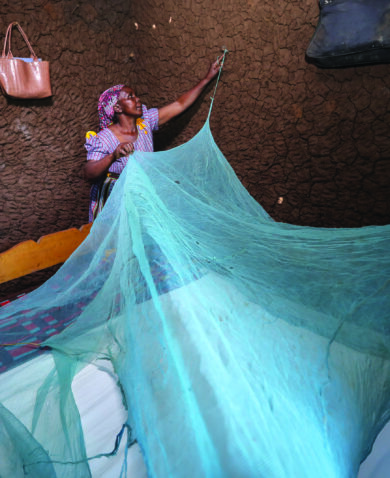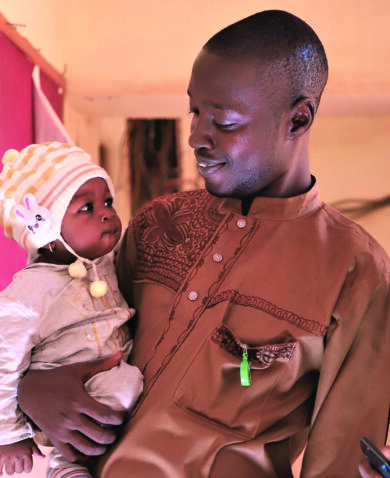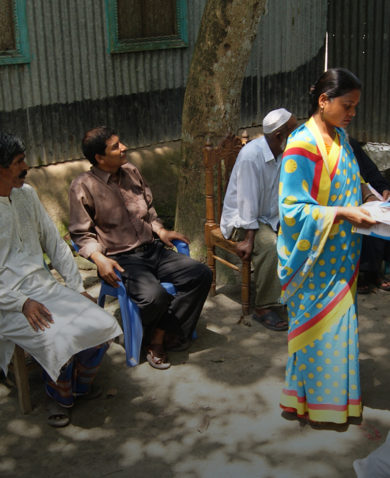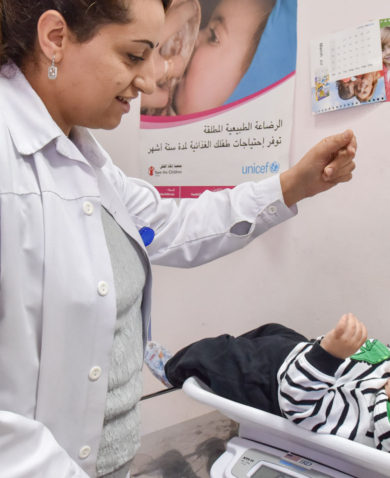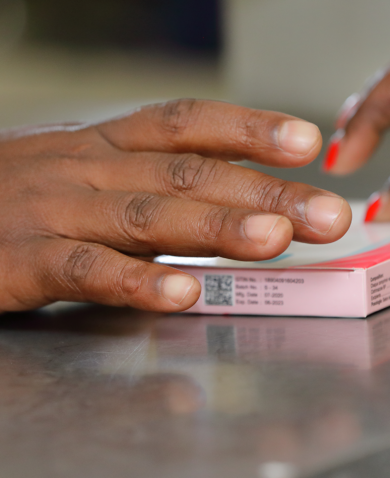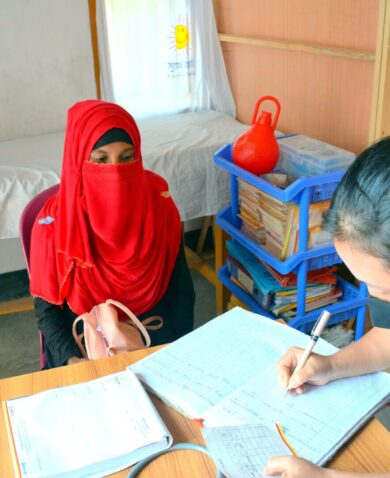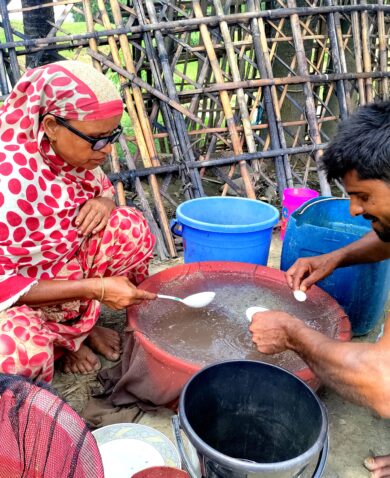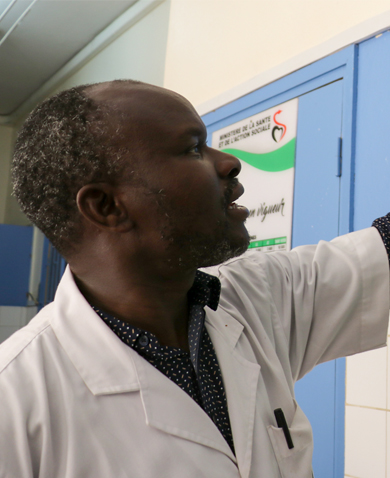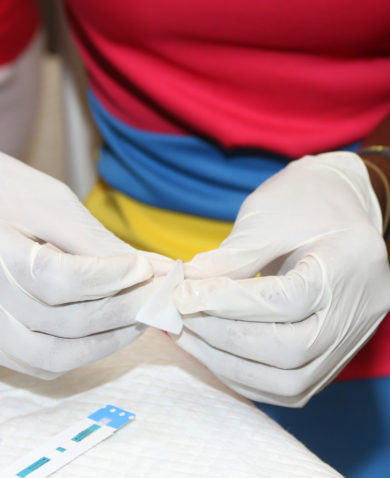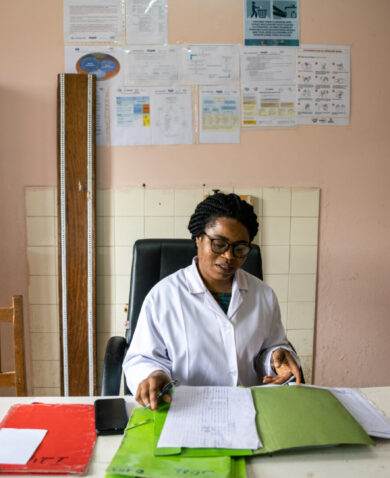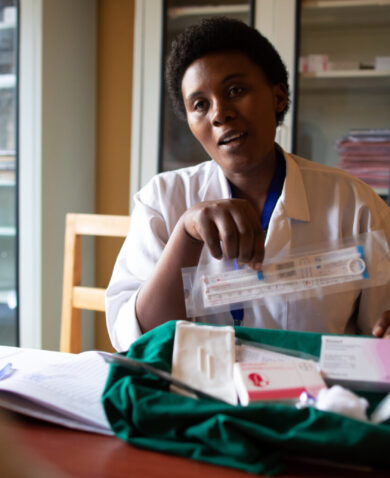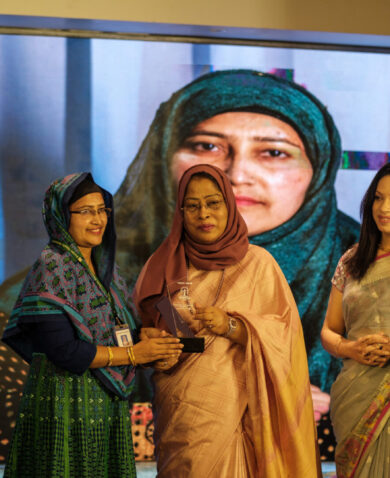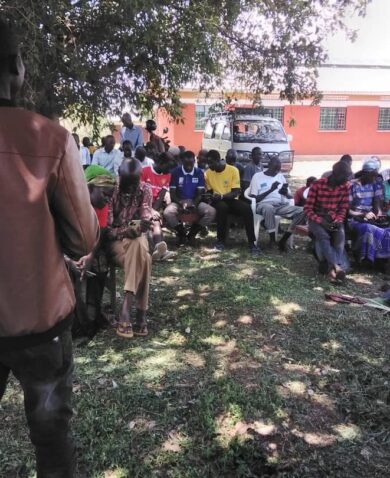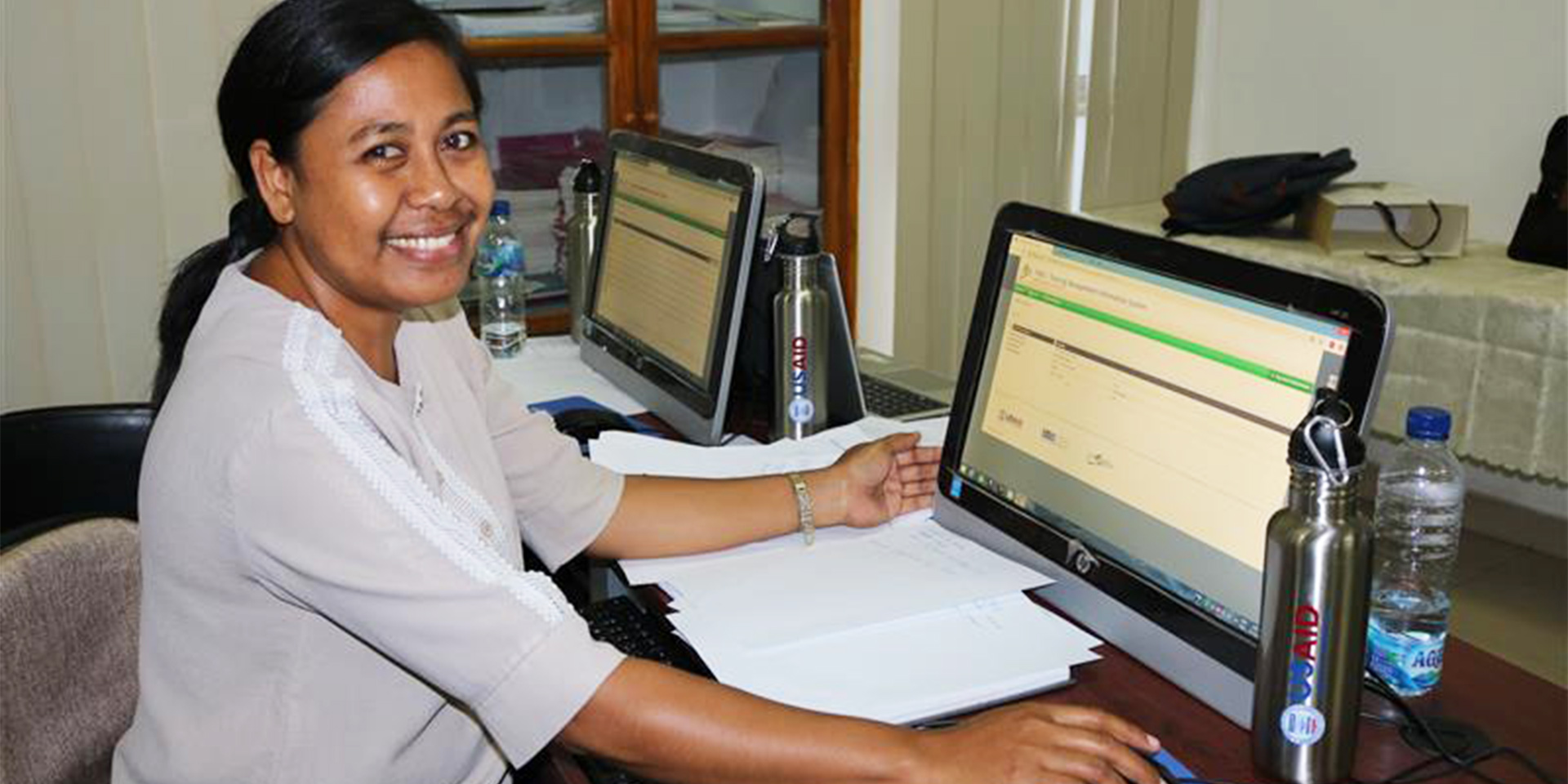
From Excel to Excellent: Timor-Leste Readies for a New Health Worker Training Information System
May 26, 2021 | 4 Minute ReadHRH2030 worked closely with the Timorese National Institute of Health to develop a Training Management Information System (TMIS) to strengthen their ability to coordinate and implement strategic in-service training programs. By using TMIS to inform decision-making, the INS is better positioned to manage the health workforce and advance universal health coverage.
This post was originally published by the Human Resources for Health in 2030 (HRH2030) program, and is cross posted with permission.
Abilio Soares is the former senior technical lead for HRH2030’s Timor-Leste activity. Andrea Poling is the Deputy Project Director for HRH2030, based at Chemonics.
On February 1st, 2021, the USAID Human Resources for Health in 2030 (HRH2030) program handed over Timor-Leste’s new training management information system (TMIS) to the National Institute of Health (Instituto Nacional de Saúde [INS]). This symbolic ceremony marked the end of nine months of intense collaboration to transform the country’s health worker training tracking system from an excel spread sheet to a dynamic, web-based platform.
Timor-Leste has been rebuilding its health system since 2002, when 75% of the infrastructure was destroyed after wide-spread violence erupted after the country voted for independence. The health system and staffing had to be rebuilt from scratch. Since then, Timor-Leste has made great strides in critical areas of achieving universal health coverage (UHC) and endeavored to reduce high maternal and child mortality rates and incidence of communicable diseases. Understanding the importance of health workers to achieve these goals and deliver high quality care to the Timorese people, the Ministry of Health (MoH) prioritized investments in supporting those on the front lines of care.
The MoH employs approximately 5,000 health workers (and the country estimates an additional 2,000 more are employed through the private sector). However, information about these health workers is fragmented and not standardized, which diminishes the ability of decision makers to plan and deliver health worker training. In 2017, the INS, with MOH support, trained just 180 health workers, representing only four percent of the national health workforce. At that rate, a single health worker would benefit from in-service training only once every 25 years. While external partners and donors contribute to in-service training and aim to fill this gap, trainings are generally carried out in an ad hoc and uncoordinated manner. This manner of operating was clearly hindering the ability of the INS, MoH, and partners to provide the right trainings to the right health workers, ultimately impacting the ability of health workers to provide high quality care.
Part of the problem was that there was no real system. Health worker training data was historically tracked in Excel. With thousands of health workers, questions like which health workers have taken certain trainings and when were difficult to answer. As Renato Soares, head of training identification noted, “When our partner asked to provide them information on certain trainings, it took us three to five days to collect it.”
To support the INS and strengthen their ability to coordinate and implement strategic in-service training programs, and ensure data is standardized, accurate, complete, and up-to date, HRH2030 began working closely with the INS in mid-2020 to develop a Training Management Information System (TMIS).
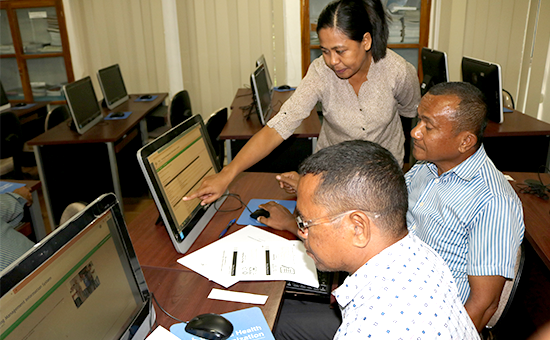 As a first step, HRH2030 held a workshop with the INS to design the system and determine its functionalities based on users’ needs. This collaborative design workshop served to secure INS buy-in, which was absolutely critical for sustainability, and enabled the INS to include training needs assessments, training sessions, training materials, and pre/post testing for participants as part of the system. Based on the information gathered at the workshop, HRH2030 developed a requirements document for the TMIS, which guided HRH2030 and the INS in identifying the appropriate software for the system, the open source iHRIS Train. HRH2030 adapted iHRIS Train to meet the INS’s specific needs and then trained and mentored INS staff on use of the system for decision making, as well as configuration and maintenance. One of the greatest challenges in developing the TMIS was coordination with stakeholders and partners to secure historical health worker data and migrate it to a standardized structure. Because different partners had unique system and data structures, HRH2030 worked with the INS and partners to agree on data standards required for the historical data and moving forward.
As a first step, HRH2030 held a workshop with the INS to design the system and determine its functionalities based on users’ needs. This collaborative design workshop served to secure INS buy-in, which was absolutely critical for sustainability, and enabled the INS to include training needs assessments, training sessions, training materials, and pre/post testing for participants as part of the system. Based on the information gathered at the workshop, HRH2030 developed a requirements document for the TMIS, which guided HRH2030 and the INS in identifying the appropriate software for the system, the open source iHRIS Train. HRH2030 adapted iHRIS Train to meet the INS’s specific needs and then trained and mentored INS staff on use of the system for decision making, as well as configuration and maintenance. One of the greatest challenges in developing the TMIS was coordination with stakeholders and partners to secure historical health worker data and migrate it to a standardized structure. Because different partners had unique system and data structures, HRH2030 worked with the INS and partners to agree on data standards required for the historical data and moving forward.
Developing a system that is populated with accurate and complete data was a huge step forward. But having data exist for data’s sake is not enough. Improving managers’ capacity to use the data for strategic decision-making is just as important as having a system in place. To that end, HRH2030 worked closely with the INS to develop a training module on data for decision-making, that was problem-based and hands on, rich with case studies and practical examples, and led by INS trainers to enhance their ownership. This training took place in December.
INS Executive Director Domingas da Costa Pereira, enthusiastic about the new system and its ability to schedule training programming, said, “Based on this 2-day training, I can see that the system will help solve many of our problems. I particularly like the calendar option, where we can see a snapshot of monthly and annual planned activities. This is amazing.”
INS Senior Trainer Perpetua A. Mary E Laot noted that the new system will facilitate targeting the right health workforce participants for the appropriate training topics, something that was impossible under the old system, where attendees sometimes showed up repeatedly for a training they had already taken. She said, “I can now easily schedule a training, and upload training materials and select participants. It helps me to also identify participants who have already attended a particular training, so I can remove them from the current list.”
As a final piece and to further cement institutionalization of the TMIS, HRH2030 developed a sustainability plan for the INS and other stakeholders to continue using HRH training data beyond the life of the program. With just a few days to the handover ceremony, the INS and Timor-Leste are now better positioned to strengthen the country’s health workforce by ensuring that every health worker gets the professional development opportunities they need.




